Today I'm going to show you that green pumpkin can be good to eat, and is something I think everyone should try at least once.
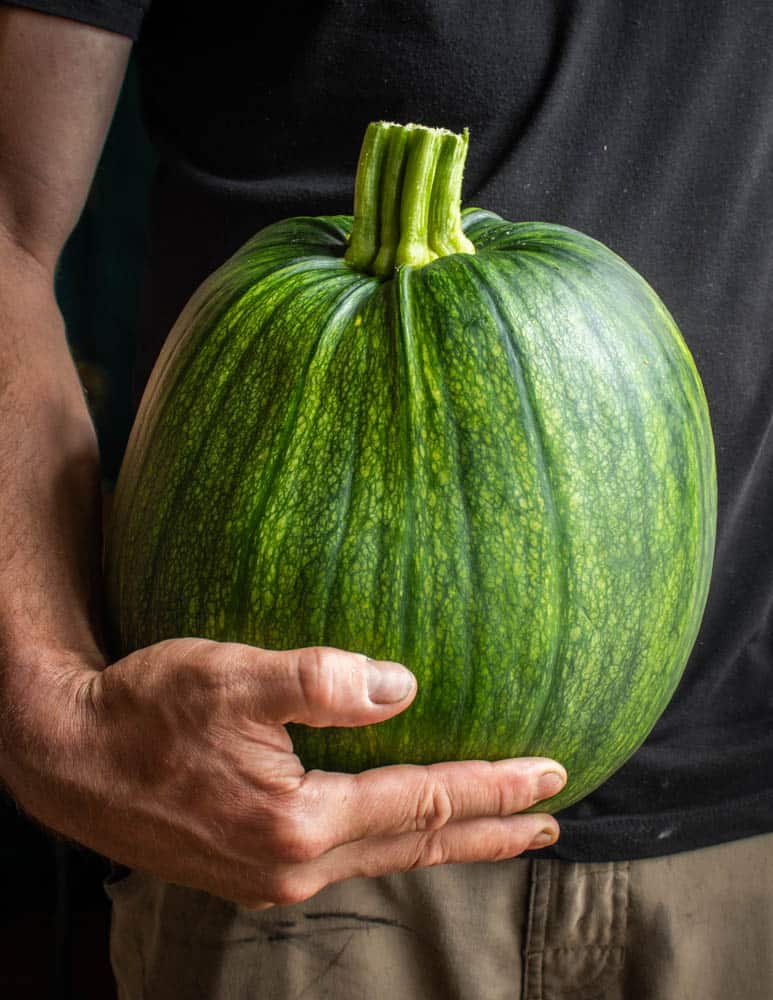
Have you ever walked through a pumpkin patch during the summer, noticed unripe pumpkins and wondered about them?
Or, maybe you grow gourds and had an animal or force of nature break the growing pumpkin from the plant before it turns orange and wondered what, if anything you could do with them?
My experience with unripe pumpkins and squash came from my ignorance of gardening. One summer, I was walking through the gardens on the farm I live on harvesting weeds for dinner, and I noticed a "new heirloom" squash growing, with what looked like way too many ripening at one time.
Fearing the squash would rot in the field, I took most of them to my restaurant to save them. What I had actually done, was harvest my family's butternut squashes before they were ripe, like a chump.
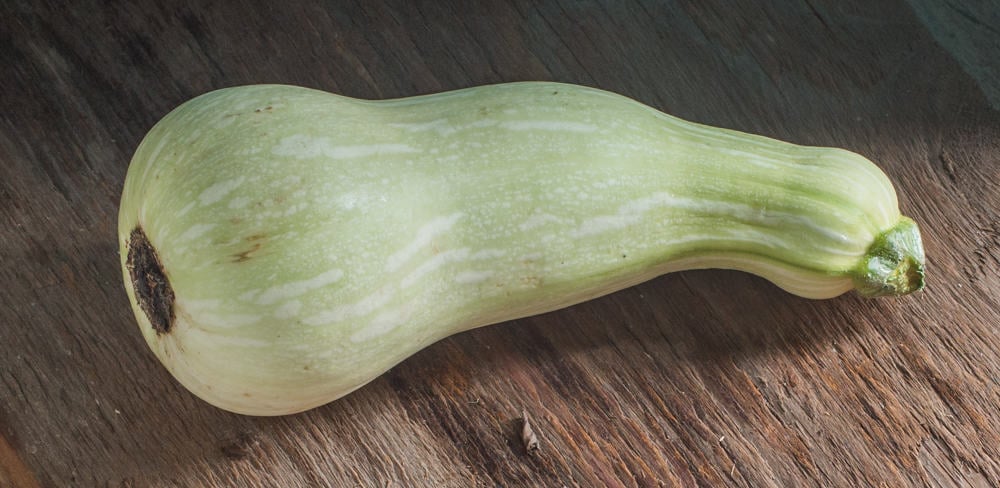
When I brought the squashes into the restaurant, I cut one open and realized my error. As I picked a good 30 or so pounds of them, I was determined to not let them go to waste, so I cleaned a few and cooked them.
To my surprise, they were good. The sugars hadn't developed, which meant that the flesh was very dense-more similar to zucchini in texture and flavor, but more firm. I made a bunch of different things with the green squash, and customers liked the novelty.
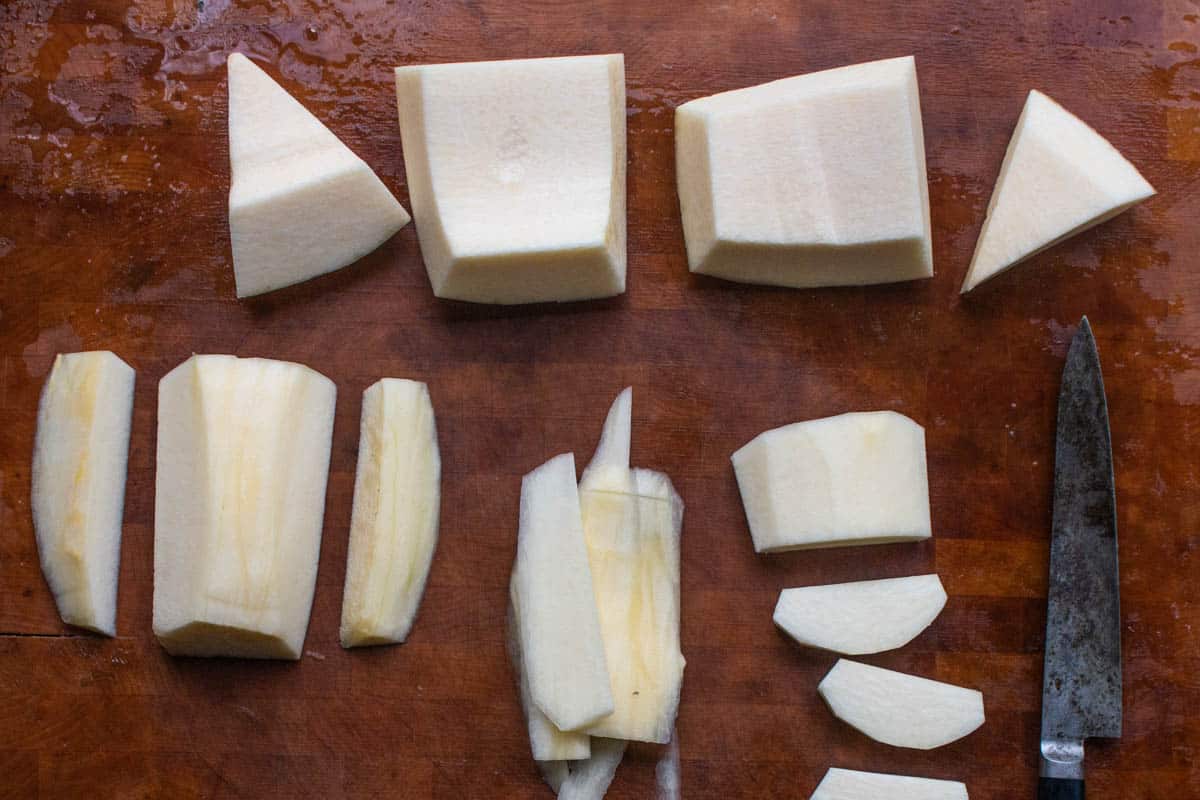
A few years later while doing research for my book on plants, I came across an excerpt from The Long Winter, by Laura Ingalls Wilder. When Ma could feel a frost coming, she sends the kids out to grab a green pumpkin, and the rest, is pretty endearing.
"Caroline, however did you manage to make a pie?" Pa exclaimed.
"What kind of pie is it?"
"Taste it and see!" Said Ma. She cut a piece and put it on his plate.
Pa cut off the point with his fork and put int in his mouth.
"Apple pie?" "Where in the world did you get apples?"
Carrie could keep still no longer. She almost shouted, "It's pumpkin! Ma made it of green pumpkin!"
Pa took another small bite and tasted carefully.
"I'd never have guessed it," He said. "Ma always could beat the nation cooking".
The scenario that played out in the book, that is, people making due with what they have to preserve their resources, is one that's probably happened around the world from time to time. And, from a subsistence perspective, eating unripe, green pumpkin and squash is actually practical.
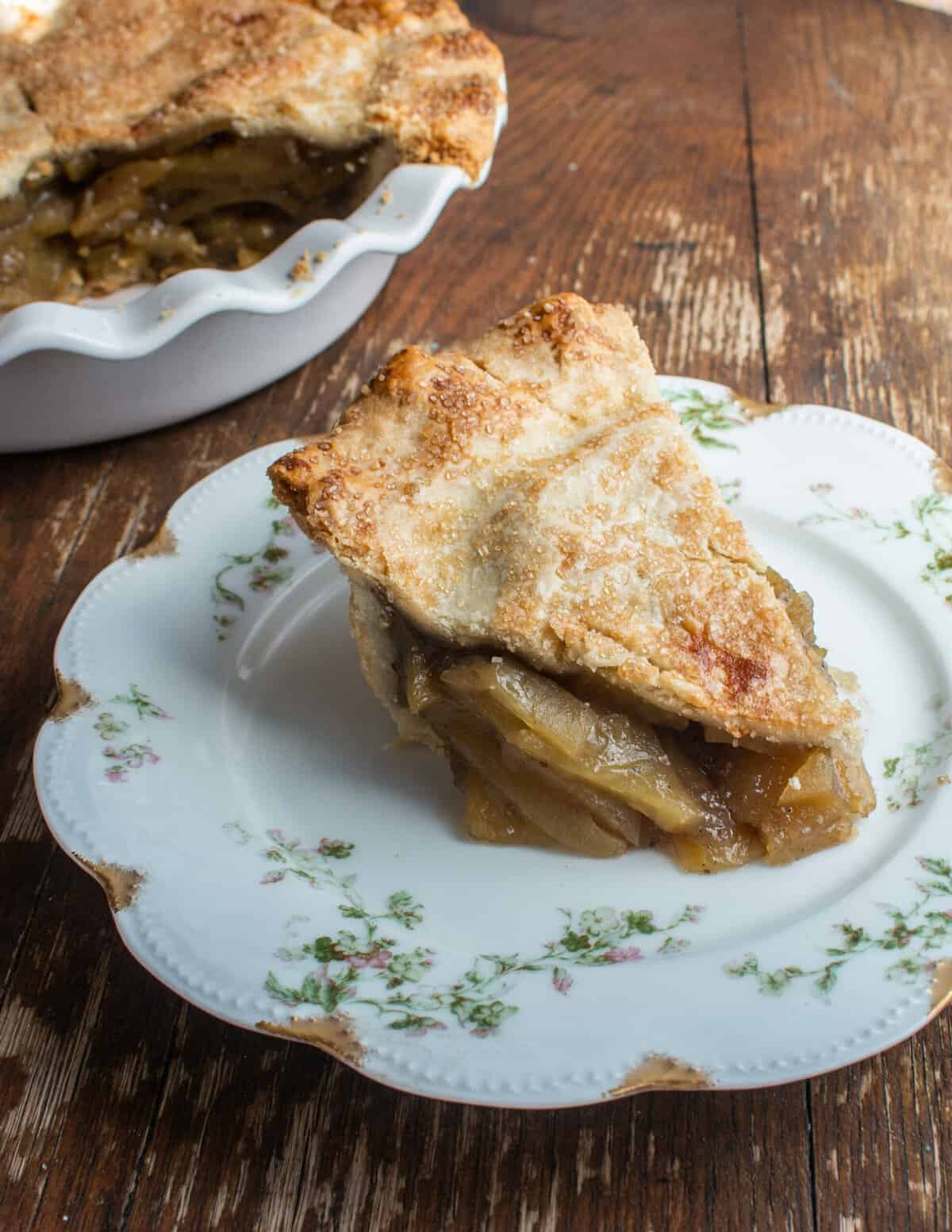
Think about it. If you're a subsistence farmer growing food specifically to feed yourself, and some act of nature threatens to do away with your pumpkins, would you leave them to rot in the field, or try to figure out a way to save your food? Not wasting something you've put labor into growing seems like the obvious choice.
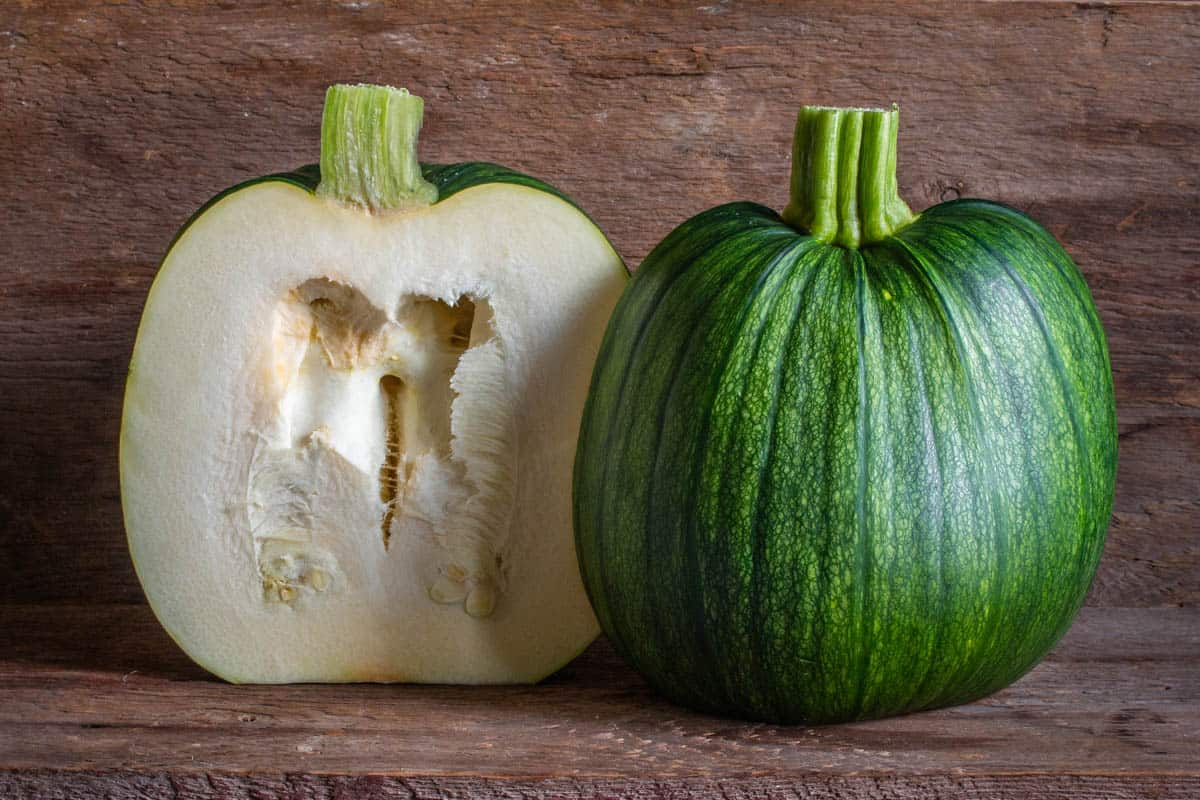
Another argument for eating green gourds and cousins like squash, also based in the subsistence theory is the little-appreciated fact that the entire plant of many cucurbits is edible throughout the growing season.
The leaves, stems, unripe and ripe flowers and shoots, along with the tender growing vines, and the squash, no matter what stage of growth it's in, are all technically food (and actually taste good to boot).

So, in some places where squash grows well, harvesting or thinning the plants as they grow, along with eating the fruit at different stages of ripeness, could be a practical food source, say, if a blight hits some other crops.
Use in Nepal
My ex-girlfriend's stepfather did a stint in the Peace Corp in the 70's and went to Nepal. He learned a lot of interesting tidbits about the food over there, and when I told him I'd been cooking green pumpkins he told me that they were traditionally used in Nepal in curries and achar pickles.

That gave me the inspiration to make green pumpkin curry-a good place to start if you don't want to go all out and make the green pumpkin pie. If you know of other specific references of people cooking unripe gourds, please leave a comment.
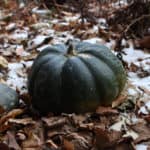
Harvesting
When you harvest will depend on when the gourds are planted, which will vary from place to place. I live in the Midwest, so the time to harvest around me is typically around late summer. The first or second week of August has been pretty dependable for me.
Picked, unripe squash and pumpkins will keep pretty well, at least a couple weeks, but I do store mine in a large fridge. Left at room temperature they'll start to wrinkle and get soft after a week.
Seeds
The seeds of unripe pumpkin are one of my favorite parts. Harvested at the right time, the shells are still soft, and the whole thing can be eaten. Unripe pumpkin seeds are great: juicy, tender and crisp. They're good mixed into soup, added to salads, or used as you would small vegetables.

Cooking
Unripe pumpkins can be cooked anywhere you would use zucchini, but you'll want to cook them a little longer, until they're tender and taste good to you before you. Here's a few tips:
- Use unripe pumpkin anywhere you'd use zucchini, just cook it a little longer.
- The firm texture is good in soup.
- The flavor of green pumpkin is mild. It loves herbs like dill, mint, and basil, as well as sweet things, like apples and raisins.
- It can be used as a vegetable, or, similar to zucchini, used in some desserts like the Green Pumpkin Pie.
- You will want a good peeler for removing the firm skin. Kuhn Rikon is the chef standard. Get the three pack and thank me later-they're cheap!
- Toss large chunks in oil with salt, pepper and finely chopped sage or rosemary and roast them for a vegetable side.
- For a traditional feel, try simmering pumpkin pieces in salted water until just tender, then mixing with spices and oil to make achar-style pickles. Eat the pickles as a relish with curry or rice.
- Sweet and sour is a good trick to keep on hand. To make it, sweat diced pieces of pumpkin with shallots in oil without coloring them, adding good pinch of sugar, a splash of water, and white wine vinegar, then cook covered until tender. You can add raisins if you like, adding them during cooking to plump them up. Add some dill or mint at the end and have it as a side to roast chicken or pork.
I hope you've enjoyed learning something new about an old vegetable. If you get inspired try your hand at cooking a green pumpkin yourself, or if you already have and can offer extra suggestions or stories, please leave a comment.

Zachary
Ok but this doesn’t actually say any preparation process….
Alan Bergo
Peel and treat like zucchini.
Yash
Okay, in that case tell us how you cook Zucchini. Zachary, you have the same question, right?
Alan Bergo
They can be browned on high heat like regular pieces of zucchini, or you could sweat them without coloring as pictured in this post. Cook them until they're just tender, season, and eat. The recipe in this post is in my book, too.
Jennifer
My husband is an amateur gardener growing tomatoes, peppers, green and yellow squash and herbs. There are so many, we give them to neighbors, friends and family. Some pumpkin seeds were accidentally mixed in with his zucchini seeds and he planted them unaware. Thank you for ending the mystery of this "strange zucchini". We love all squash and I'm excited to try my hand at a new ingredient.
Cannot wait to try these recipes on a few of our green pumpkins!
Thanks and be well.
Alan Bergo
Strange zucchini-haha! Have fun. They're really a nice substitute for summer squash. They could be dried for soup as well.
Bonnie Natividad
Try cutting it in half, core out the center & set it aside take either hamburger or ground turkey mixed with rice, pinch of cinnamon, finely chopped onion, salt, pepper, and other seasonings to your liking. Fill the green pumpkin or squash with the meat & rice mixture and place in a 9x13 inch dish. Add the cored out squash or green pumpkin, which you set aside, to your dish, now pour the tomato juice on top of the squash or green pumpkin, completely covering it and add a can of diced tomatoes, or you can cut up fresh tomatoes instead of using canned tomatoes. Be sure to completely cover the stuffed pumpkin or zucchini so it doesn’t dry out and stays juicy and flavorful. Place in the oven and bake at 3:50° for about 1 to 1 1/2 hours until the meat & rice are completely cooked, and the green pumpkin or squash is tender,. During the last 15-20 minutes, top the stuffed green, pumpkin or squash with some mozzarella cheese. Let the mozzarella cheese melt and get a little brown and your dish will be done, serve with a salad and cheesy bread.
Alan Bergo
That's a nice idea. I love baked squash.
Jennifer
This sounds delicious!!! Gonna try this recipe for our family this weekend. Thank you.
Mary
Russians I lived with would dredge half-inch rounds of under-ripe squash in flour and lots of garlic, and fry it. A simple savory treatment.
Alan Bergo
Ok that sounds really good. Thanks for sharing.
G
I'm used to skipping past the memory-lane intro fluff to get to the essential info on food blogs, but this is a good presentation of useful info with personality that enriches without irritating or distracting.
Alan Bergo
I try my best to only present what is essential here.
Jennifer
I do the same.